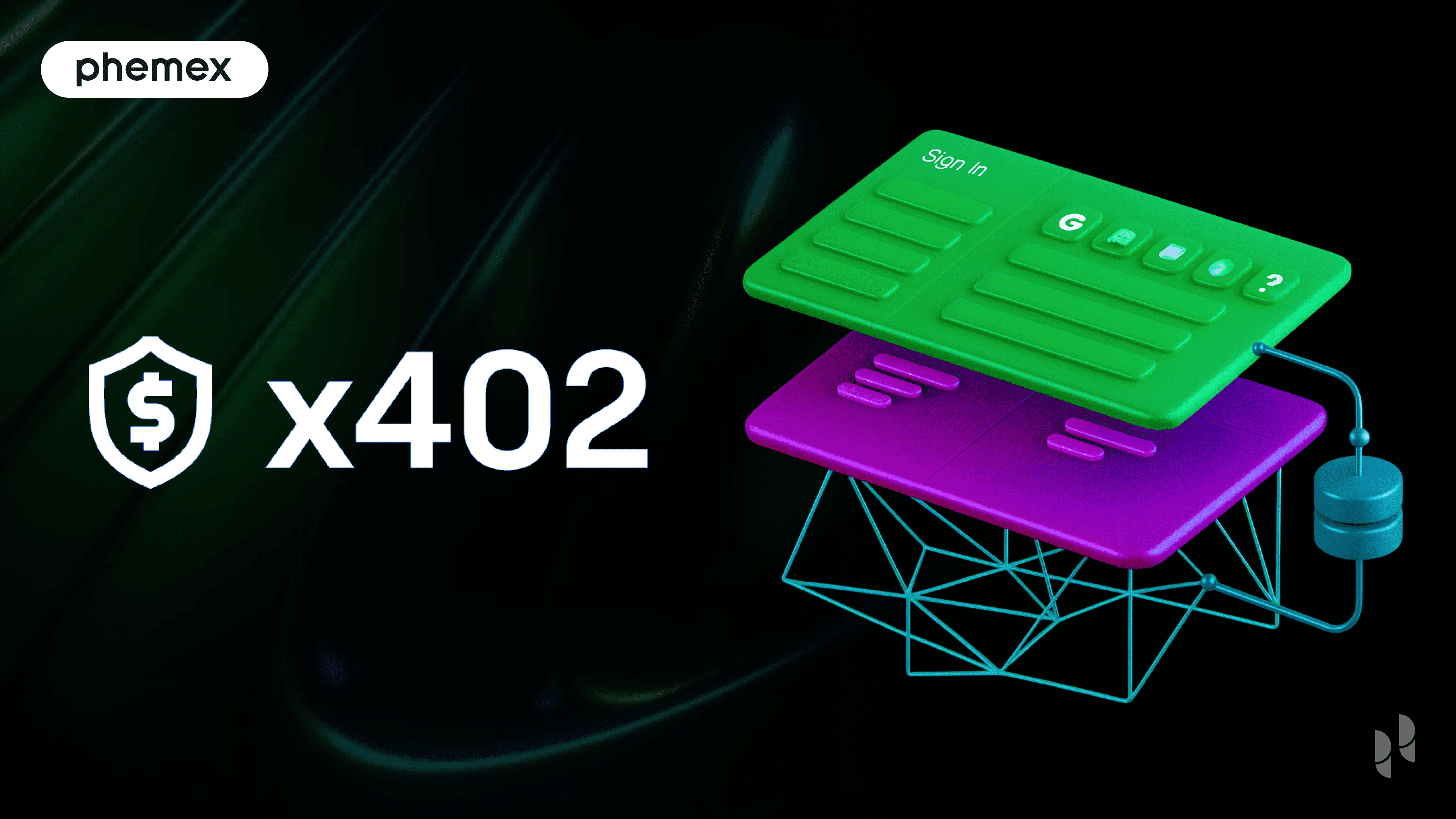What is Layer 2? How Does It Work? A Guide for Blockchain Technology
Layer 2 explained: In blockchain technology, Layer 2 refers to solutions built on top of a main blockchain (called Layer 1, like Ethereum) to make transactions faster and cheaper. Imagine Layer 1 as a busy highway—when traffic jams happen, everything slows down. Layer 2 acts like an express lane above the highway, letting more cars (transactions) move quickly without blocking the main road.
Layer 2 solutions work by processing most transactions off the main blockchain. They still rely on Layer 1 for security and final record-keeping, but handle the heavy lifting elsewhere. Popular Layer 2 technologies include rollups (which bundle many transactions together), state channels (private pathways for users to transact), and more. For example, rollups post summary data back to Layer 1, ensuring security while keeping fees low and speeds high.
Why does this matter for traders and beginners? High fees and slow speeds on Layer 1 can make trading expensive and frustrating. Layer 2 brings lower costs, faster trades, and less congestion—making crypto more accessible for everyone.
At Phemex, you can explore and trade Layer 2 assets with low fees (as little as 0.1%) and powerful TradingView tools. Want to learn more? Phemex Academy offers clear guides and resources to help you master Layer 2 and blockchain technology, whether you’re just starting or looking to level up your trading game.
What is Layer 2?
Layer 2 refers to a set of technologies built on top of a blockchain’s main network, known as Layer 1 (like Ethereum), to make transactions faster and cheaper. Think of Layer 1 as a busy highway—when too many cars (transactions) pile up, traffic slows and tolls (fees) rise. Layer 2 acts like an express lane above the highway, letting most cars zip by quickly while still connecting to the main road for security.
Layer 2 solutions, such as rollups (bundling many transactions together), and state channels (private transaction lanes between users), process transactions off the main chain. They then post summaries or proofs back to Layer 1, ensuring security and decentralization are maintained. The result? Lower fees, quicker confirmations, and less congestion on the main blockchain—all while keeping your assets safe.
How Does Layer 2 Work?
Layer 2 solutions are like express lanes built on top of busy highways (Layer 1 blockchains like Ethereum). They help move transactions faster and cheaper, while still relying on the main chain for security. Here’s how Layer 2 operates:
Offchain Processing: Most transactions happen off the main blockchain. Instead of every transaction crowding Layer 1, Layer 2 batches many transactions together, reducing congestion and lowering fees.
Batching and Compression: Transactions are grouped (batched) and compressed before being sent to Layer 1. This is like mailing a bundle of letters in one envelope instead of sending each letter separately—saving time and postage (fees).
Sequencer Role: A special operator called a Sequencer quickly orders transactions and provides fast confirmations ("soft finality"). While the Sequencer speeds things up, users can bypass it for extra security if needed, though this may slow things down.
Security via Layer 1: Even though transactions are processed offchain, Layer 2 posts data or proofs back to Layer 1. This means Layer 2 inherits the security and decentralization of the main blockchain.
Fraud Proofs and Dispute Resolution: If something goes wrong, Layer 2 uses mechanisms like fraud proofs—evidence that a transaction is invalid—to resolve disputes and keep the system honest.
In short, Layer 2 acts as a turbocharger for blockchains: it boosts speed and efficiency, but always checks back with Layer 1 for trust and security.
What Are the Benefits of Layer 2?
Layer 2 solutions offer several practical advantages for traders and crypto beginners, making blockchain use smoother and more affordable. Here’s how Layer 2 can help you:
Lower Fees: Layer 2 networks process transactions off the main blockchain (Layer 1), dramatically reducing costs. For example, platforms like Phemex can offer trading fees as low as 0.1%. This means you keep more of your profits, especially if you trade frequently or in smaller amounts.
Faster Transactions: By handling transactions offchain, Layer 2 solutions can boost speeds by up to 100x compared to Layer 1. Imagine sending crypto or executing a trade and seeing it confirmed almost instantly—no more waiting for slow block confirmations during busy times.
Less Network Congestion: Layer 2 helps take the pressure off the main blockchain, reducing traffic jams. This means fewer delays and more reliable trading, even when markets are busy—like during a major price swing.
Enhanced Tools and Experience: Many Layer 2 platforms integrate advanced features, such as TradingView charting tools on Phemex. These tools help you analyze markets and make smarter trades, all while enjoying the speed and low fees of Layer 2.
In short, Layer 2 is like adding express lanes to a busy highway—transactions move faster, cost less, and you get a smoother ride, whether you’re a beginner or an active trader.
Differences Between Layer 2 and Similar Terms
Understanding how Layer 2 compares to other blockchain scaling solutions helps you choose the right tool for your needs. Here’s how Layer 2 stacks up against a few closely related terms:
Layer 2 vs. Layer 1 (Mainnet)
- Location of Transactions:
- Layer 1 (L1) processes all transactions directly on the main blockchain (e.g., Ethereum Mainnet).
- Layer 2 (L2) handles transactions offchain, then posts summaries or proofs back to L1.
- Speed and Cost:
- L1 can be slow and expensive during congestion.
- L2 offers faster, cheaper transactions by reducing the load on L1.
- Security:
- L2 solutions inherit security from L1, but may introduce new risks if not fully battle-tested.
Why it matters: Use L2 for everyday transactions or dApps needing speed and low fees; use L1 for maximum security or high-value transfers.
Layer 2 vs. Sidechains
- Security Model:
- L2 relies on L1 for security (e.g., rollups post data to Ethereum).
- Sidechains have their own consensus mechanisms and security, separate from L1.
- Data Availability:
- L2 posts transaction data to L1, ensuring transparency.
- Sidechains may not post data to L1, so trust assumptions differ.
Why it matters: Choose L2 when you want L1-level security; sidechains may suit use cases needing more flexibility or independence.
Layer 2 vs. State Channels
- Transaction Handling:
- State channels allow private, offchain transactions between parties, only settling final results on L1.
- L2 (like rollups) batches many users’ transactions and posts them to L1.
- Use Cases:
- State channels work best for repeated transactions between a fixed group.
- L2 is better for general-purpose scaling and open participation.
Why it matters: Use state channels for private, frequent exchanges; use L2 for broad, public scaling.
Real-World Use Cases of Layer 2
Layer 2 (L2) solutions are transforming how people use blockchain by making transactions faster, cheaper, and more scalable. Here are some practical ways Layer 2 is used in the crypto world today:
High-Speed Trading on Decentralized Exchanges (DEXs): Platforms like Arbitrum Nitro allow traders to swap tokens with much lower fees and near-instant confirmations. By batching and compressing transactions, L2s can offer up to 100x faster speeds and 10x lower costs compared to Layer 1 (L1) blockchains. This means traders can react quickly to market changes without worrying about high gas fees or slow transaction times—a huge advantage in the fast-paced 2025 crypto market.
NFT Minting and Gaming: Many NFT projects and blockchain games now use L2s to handle thousands of microtransactions efficiently. For example, minting NFTs or buying in-game assets on L2 avoids L1 congestion and high costs, making these experiences smoother and more affordable for everyday users.
Cross-Chain Transfers and Interoperability: Solutions like oooo are pioneering secure, AI-powered cross-chain operations. This lets users move assets between different blockchains quickly and safely, solving the problem of liquidity fragmentation (where funds are stuck on separate chains). In 2025, as multi-chain ecosystems grow, L2s are key to seamless cross-chain trading and DeFi participation.
Layer 2 is like an express lane for blockchain—helping users save time and money while keeping their assets secure.
Challenges of Layer 2
While Layer 2 solutions (like rollups and state channels) boost speed and lower fees, they also come with their own set of hurdles. Here are some key challenges:
Centralization Risks: Many Layer 2s rely on a single operator or "Sequencer" to order transactions quickly. This can lead to temporary delays or even censorship if the Sequencer misbehaves. Some systems offer fallback options (like a "Delayed Inbox"), but these can slow things down and add complexity.
Security and Interoperability: Layer 2s must maintain security while interacting with the main chain (Layer 1) and sometimes with other Layer 2s. This can lead to issues like chain isolation (where assets and data are stuck on one chain) and liquidity fragmentation (funds spread thin across multiple chains). Solutions like modular verification and AI-powered risk management are being explored, but the complexity increases the risk of bugs or exploits.
Evolving Technology: Layer 2 tech is still new and less battle-tested than Layer 1. Ongoing research means features and standards can change, which may impact reliability or user experience. Staying updated and using reputable platforms can help mitigate these risks.
Despite these challenges, Layer 2s continue to evolve, with new solutions aiming to balance speed, cost, and security for a better blockchain experience.
The Future of Layer 2
Looking ahead to 2025 and beyond, Layer 2 solutions are set to play an even bigger role in blockchain scaling and usability. Here’s what the future may hold:
Mainstream Adoption: As transaction fees on Layer 1 (the base blockchain) remain high, more users and projects will migrate to Layer 2 for faster, cheaper transactions. This shift is similar to how highways relieve city traffic—Layer 2 takes the load off Layer 1, making the whole system run smoother.
Advanced Rollup Technology: Expect rapid improvements in rollups—bundles of transactions processed offchain and then posted to Layer 1 for security. Both optimistic and zero-knowledge rollups will become more efficient, secure, and user-friendly, helping blockchains handle thousands of transactions per second (TPS).
Cross-Chain Interoperability: New solutions will tackle chain isolation and liquidity fragmentation, making it easier to move assets and data between different blockchains. AI-powered risk management and modular verification will help keep these cross-chain operations secure and reliable.
Decentralization and Security Upgrades: Ongoing research will focus on keeping Layer 2 decentralized and secure, lowering barriers for node operators, and ensuring robust data availability.
AI Integration: Artificial intelligence will increasingly automate transaction verification and optimize network performance, reducing human error and boosting efficiency.
With these trends, Layer 2 is poised to evolve from an experimental add-on to a core part of blockchain infrastructure, driving mass adoption and new use cases.
Layer 2 solutions are transforming blockchain by making transactions faster and cheaper, much like adding express lanes to a busy highway. These upgrades boost scalability, lower fees, and open the door for more real-world use cases. As the technology matures, we can expect even greater adoption and innovation—think more apps, smoother payments, and broader access for everyone.
Phemex stands out in this evolving landscape with ultra-low trading fees and advanced TradingView charting tools, making it easy for both beginners and seasoned traders to navigate the crypto market. If you’re ready to dive deeper, explore blockchain technology with Phemex.
Remember: Layer 2 isn’t just a technical upgrade—it’s a leap toward a faster, more accessible crypto future. Stay curious and keep learning; the next wave of blockchain innovation is just getting started.







